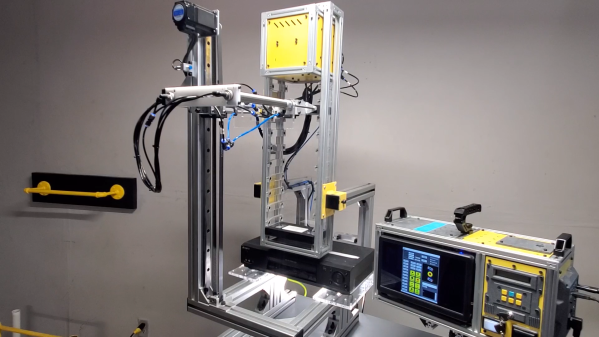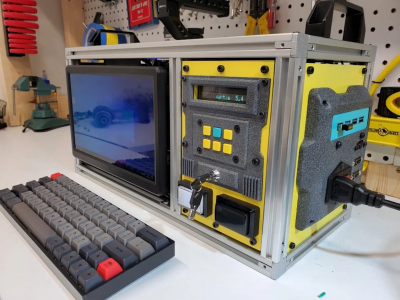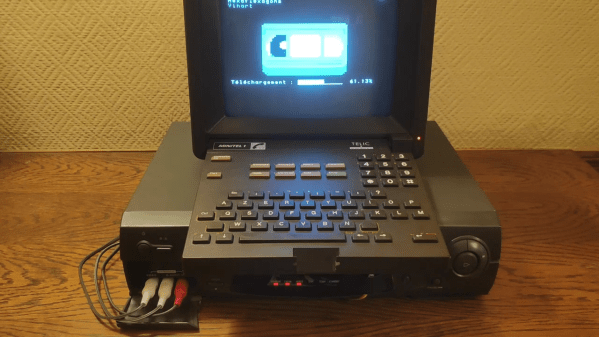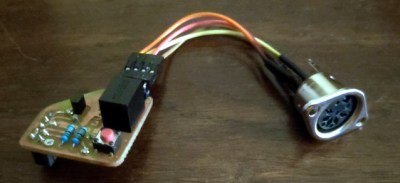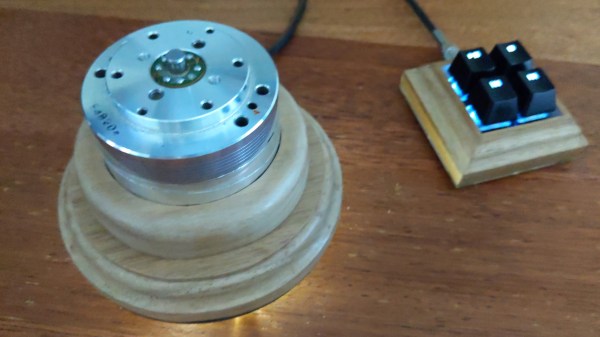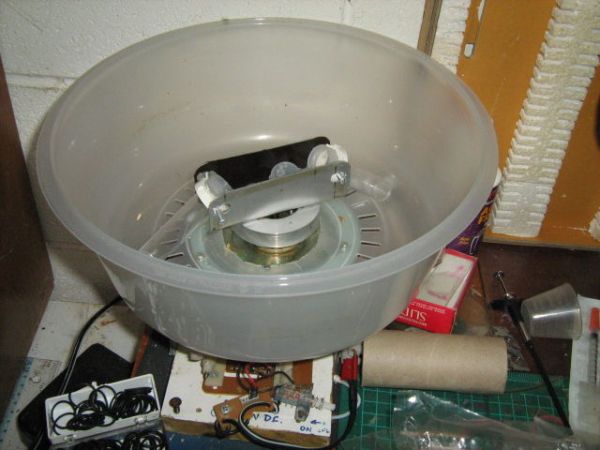Here’s a slice of history that will make any retro-tech fan grin: before TikTok and iMovie, there was a beast called the Videonics DirectED Plus. This early attempt at democratizing video editing saved enthusiasts from six-figure pro setups—but only barely. Popular Science recently brought this retro marvel back to life in a video made using the very system that inspired it. Picture it: 1987, VHS at its peak, where editing your kid’s jazz recital video required not just love but the patience of a saint, eight VCRs, three Videonics units, two camcorders, and enough remotes to operate a space shuttle.
The Videonics DirectED Plus held promise with a twist. It offered a way to bypass monstrous editing rigs, yet mastering its panel of buttons felt like deciphering hieroglyphs. The ‘Getting Started’ tape was the analog era’s lifeline, often missing and leaving owners hunting through second-hand stores, forgotten basements, and enthusiast forums. Fast forward to today, and recreating this rig isn’t just retro fever—it’s a scavenger hunt.
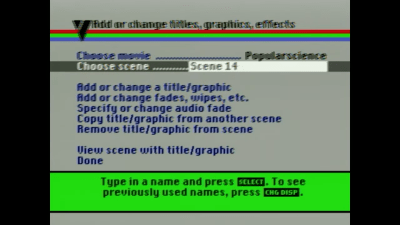 Once assembled, the system resembled a spaghetti junction of cables and clunky commands. One wrong button press could erase precious minutes of hard-won footage. Still, the determination of DIY pioneers drove the machine’s success, setting the stage for the plug-and-play ease we now take for granted.
Once assembled, the system resembled a spaghetti junction of cables and clunky commands. One wrong button press could erase precious minutes of hard-won footage. Still, the determination of DIY pioneers drove the machine’s success, setting the stage for the plug-and-play ease we now take for granted.
These adventures into retro tech remind us of the grit behind today’s seamless content creation. Curious for more? Watch the full journey by Popular Science here.
Continue reading “Videonics: The Dawn Of Home Video Editing, Revisited”


